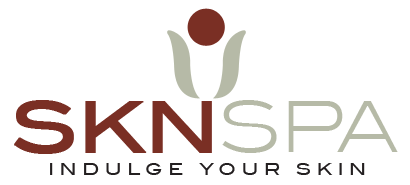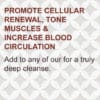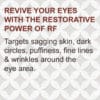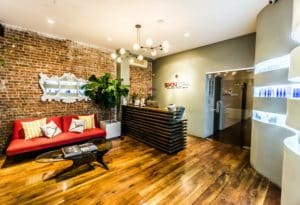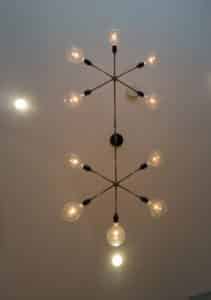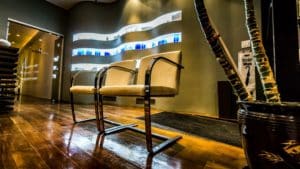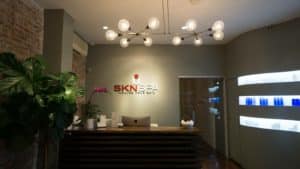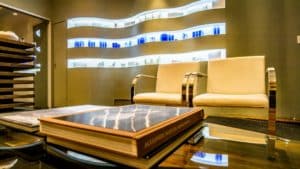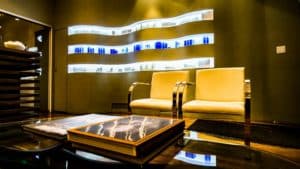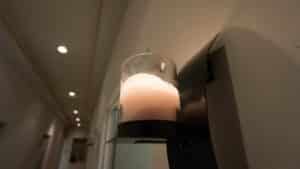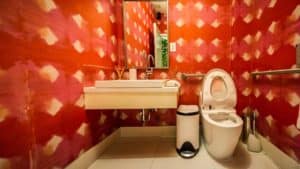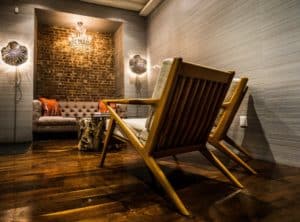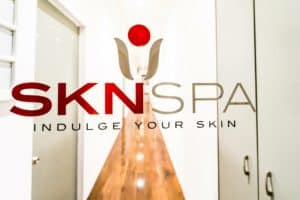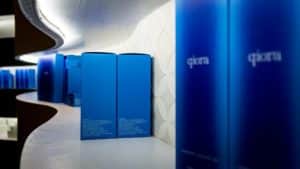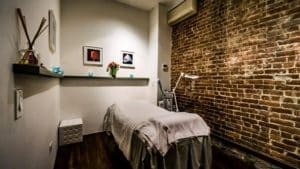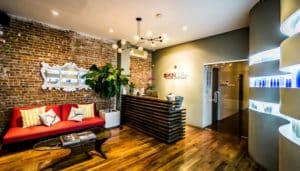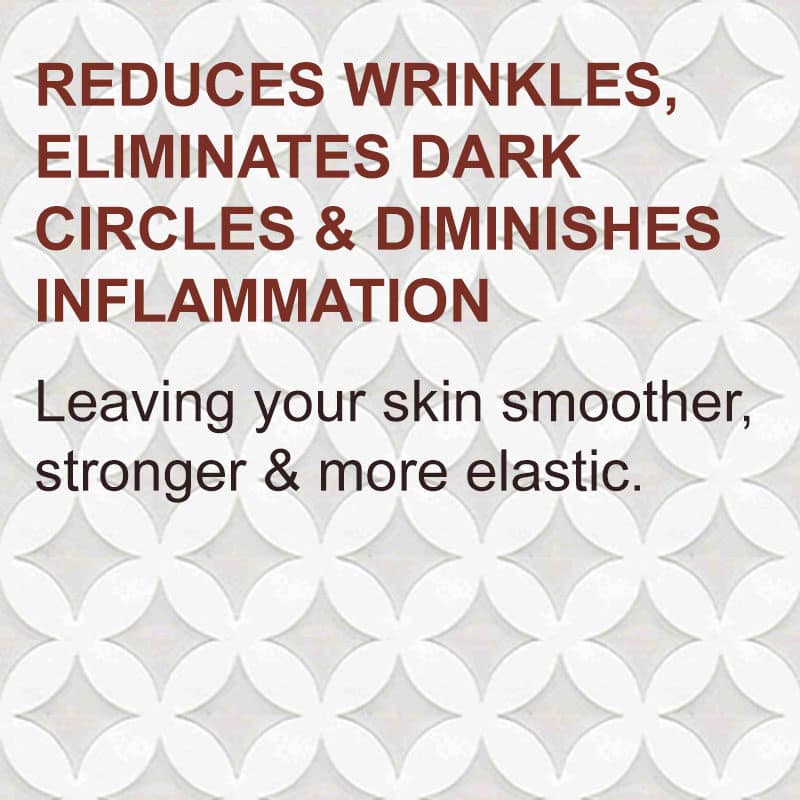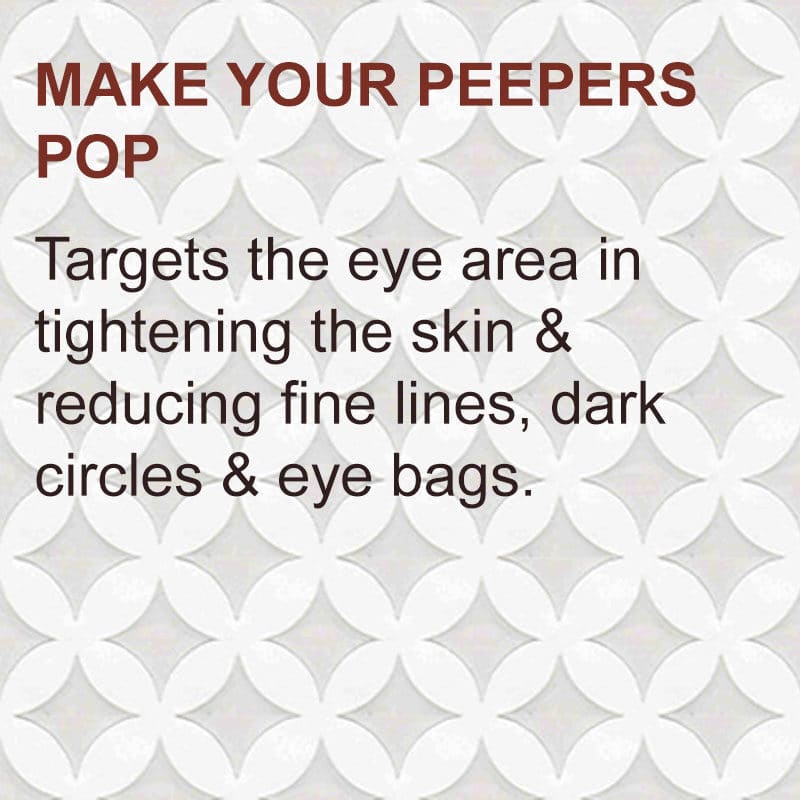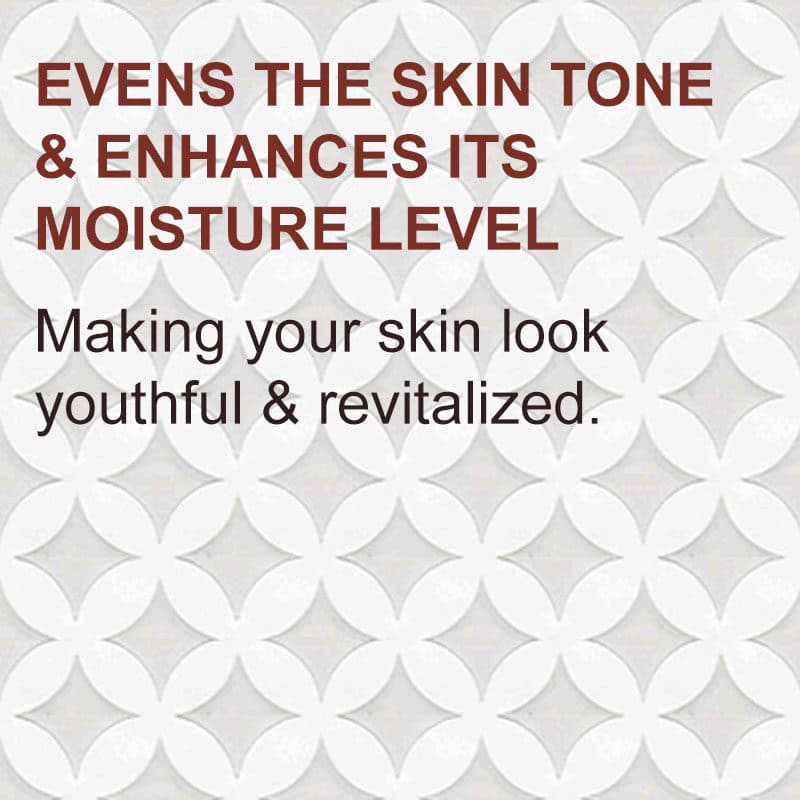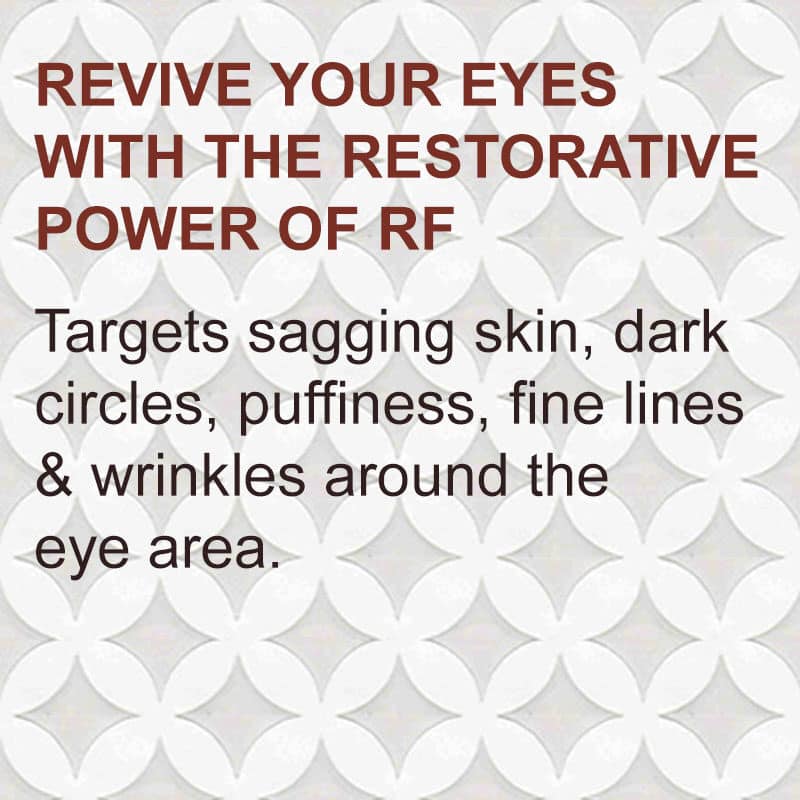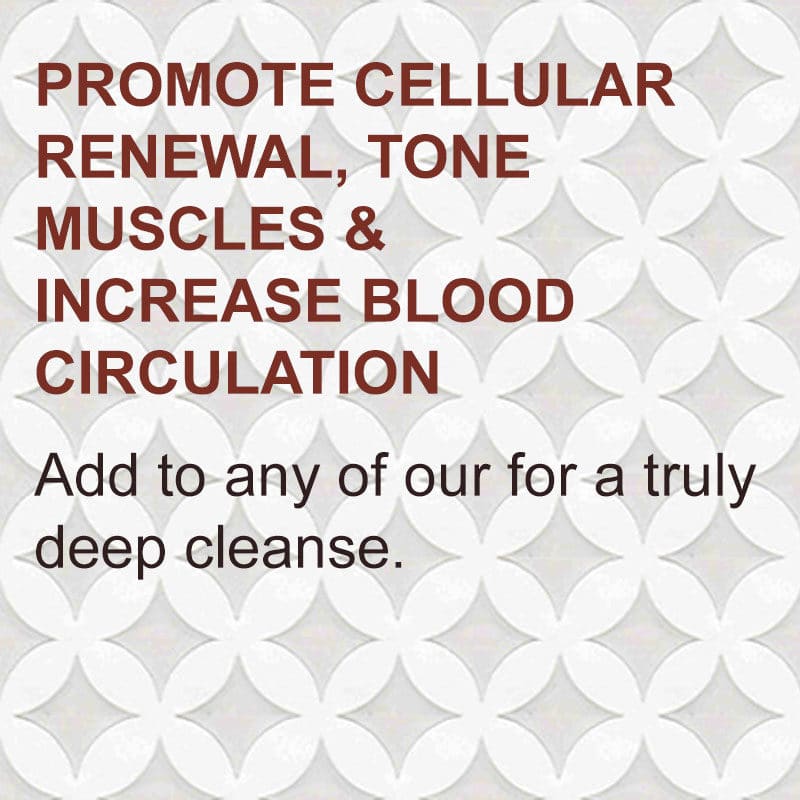LED Light Therapy Treatment $65
LED-light uses infrared heat to target specific skin concerns from loss of elasticity to severe acne with the choice of two light settings. Red is beneficial in soothing sensitive skin and promotes anti-aging properties. Blue, on the other hand, is great for acne-prone and congested skin, eradicating bacteria and excess oil in the pores. Consistency is key to this treatment for long-term results and improvement.
LED light therapy treatment is a non-invasive skin treatment that uses varying wavelengths of light to address different skin concerns. LEDs (Light Emitting Diodes) are used to emit specific wavelengths of light energy, which penetrate the skin at different depths. The most commonly used wavelengths in LED light therapy are red, blue, and near-infrared.
Here’s a brief overview of each type of LED light therapy and its benefits:
- Red Light Therapy:
- Wavelength: Typically around 630-700 nanometers (nm).
- Benefits:
- Stimulates collagen production, which can help reduce fine lines and wrinkles.
- Improves skin texture and tone.
- Helps in wound healing and reducing inflammation.
- Can improve the appearance of sun damage and scars.
- Blue Light Therapy:
- Wavelength: Usually around 405-470 nm.
- Benefits:
- Targets and kills acne-causing bacteria on the skin.
- Helps reduce acne breakouts and inflammation.
- Can be used to treat mild to moderate acne without medications.
- Yellow Light Therapy:
- Wavelength: Typically around 570-590 nanometers (nm).
- Benefits:
- Stimulates the lymphatic and nervous systems, promoting detoxification and improving overall skin health.
- Helps reduce redness and inflammation, making it beneficial for rosacea and sensitive skin.
- Improves the appearance of dullness, giving the skin a brighter complexion.
- Can aid in reducing the appearance of spider veins and flushing.
- Green Light Therapy:
- Wavelength: Usually around 520-550 nm.
- Benefits:
- Targets melanocytes, reducing pigmentation and improving skin tone.
- Helps lighten hyperpigmentation such as sun spots, age spots, and melasma.
- Can reduce the appearance of freckles and even out skin discoloration.
- Soothes the skin and has a calming effect, making it suitable for sensitive skin types.
Here are some common questions and answers about LED light therapy:
Q: What is LED light therapy?
A: LED light therapy is a non-invasive treatment that uses specific wavelengths of light to penetrate the skin and treat various skin concerns such as acne, wrinkles, inflammation, and pigmentation issues.
Q: How does LED light therapy work?
A: LED light therapy works by emitting light energy in specific wavelengths. Different wavelengths penetrate the skin at varying depths, targeting different skin issues. For example, red light stimulates collagen production, while blue light targets acne-causing bacteria.
Q: What are the benefits of LED light therapy?
A: LED light therapy can improve skin texture, reduce wrinkles, diminish acne, calm inflammation, and even out skin tone. It stimulates cellular processes, promotes healing, and enhances overall skin health without causing damage.
Q: Is LED light therapy safe?
A: Yes, LED light therapy is considered safe for most skin types when performed by a trained professional. It is non-invasive, painless, and does not require downtime. However, it may not be suitable for individuals with certain medical conditions or photosensitivity.
Q: How many sessions of LED light therapy are needed?
A: The number of sessions needed can vary depending on the specific skin concern being addressed and the individual’s response to treatment. Typically, a series of sessions spaced out over several weeks is recommended for optimal results.
Q: Are there any side effects of LED light therapy?
A: LED light therapy generally has minimal side effects. Some individuals may experience temporary redness or mild irritation immediately after treatment, which usually resolves quickly. It is important to protect the eyes during treatment to avoid potential damage from the bright light.
Q: Can LED light therapy be combined with other treatments?
A: Yes, LED light therapy can be combined with other skincare treatments such as facials, microdermabrasion, or chemical peels to enhance results. It is often used in conjunction with topical skincare products to maximize benefits.
Q: Who can benefit from LED light therapy?
A: LED light therapy can benefit individuals with a wide range of skin concerns, including acne, aging skin, uneven skin tone, rosacea, inflammation, and more. It is suitable for most skin types and colors.
Q: Is LED light therapy suitable for sensitive skin?
A: Yes, LED light therapy is gentle and non-irritating, making it suitable for sensitive skin types. It can help calm inflammation and improve skin barrier function without causing adverse reactions.
These answers provide a comprehensive overview of LED light therapy, its benefits, safety considerations, and how it can be integrated into a skincare regimen for various skin concerns.
Post-care after LED light therapy is relatively simple and aims to optimize the results of the treatment while ensuring your skin remains healthy and protected. Here are some general post-care tips to follow:
- Avoid Sun Exposure: After LED light therapy, it’s important to protect your skin from direct sunlight. UV rays can be damaging to the skin, especially after a treatment that may have made the skin more sensitive. Use a broad-spectrum sunscreen with SPF 30 or higher, and avoid prolonged sun exposure for at least 24-48 hours post-treatment.
- Moisturize: Hydrate your skin with a gentle and hydrating moisturizer after LED light therapy. This helps to maintain skin barrier function and keeps your skin moisturized, which can enhance the benefits of the treatment.
- Avoid Harsh Products: For the first 24-48 hours after treatment, avoid using harsh or irritating skincare products such as exfoliants, retinoids, or products containing alcohol. Stick to gentle cleansers and soothing skincare products to minimize potential irritation.
- Drink Water: Keep yourself hydrated by drinking plenty of water. Hydration is essential for overall skin health and can help your skin recover more effectively after the treatment.
- Cool Compresses (if needed): If you experience any mild irritation or redness post-treatment, you can use cool compresses or chilled facial mists to soothe the skin.
- Follow Recommendations: Follow any specific post-care instructions provided by your skincare professional or dermatologist. They may have tailored advice based on your skin type and the specific LED light therapy treatment you received.
